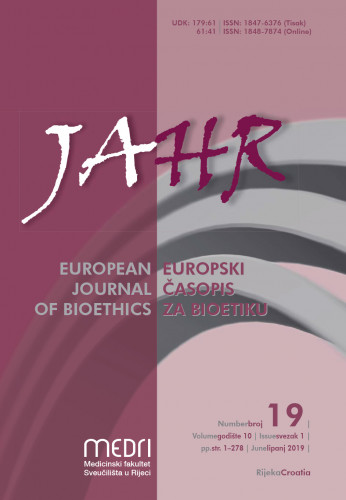The very definition, scope, and practical implications of the concept of vulnerability are among the most debated questions in the field of vulnerability research. However, a consensus seems to exist regarding children and adolescents: they are generally considered vulnerable and in need of special protection due to their physical and psychological immaturity, lack of knowledge and life experience, and overall dependency on adults. The special status of this population is safeguarded in numerous legal and ethics documents. In this paper, we discuss the commercial use of transcranial direct current stimulation (tDCS), as a method that have potential to affect functioning of the brain tissue with electrical currents, but also a variety of digital methods used to influence the brain. tDCS is openly advertised, affordable and accessible, even to minors. However, changes that tDCS and similar methods could induce in developing brain tissue and consequently their interference with the normal neurodevelopmental processes could have far-reaching health ramifications and thus represent new sources of vulnerability that slip under the radar of formalized legal and ethics documents. This article discusses changes in the adolescent brain during development and address whether adolescents who would wish to use these neuroenhancement procedures should be considered vulnerable and on what grounds.; Sama definicija, opseg i praktične implikacije koncepta ranjivosti su među najčešće raspravljanim pitanjima u području istraživanja ranjivosti. Zbog njihove fizičke i psihološke nezrelosti, nedostatka znanja i životnog iskustva te sveukupne ovisnosti o odraslima, postoji konsenzus da se djeca i adolescenti općenito smatraju ranjivima, te da ih je potrebno zaštititi. Poseban status ove populacije potvrđen je i u brojnim zakonskim i etičkim dokumentima. U radu raspravljamo o komercijalnoj upotrebi transkranijalne stimulacije istosmjernom strujom (tDCS) kao metode koja, djelujući s električnom strujom, može utjecati na funkcioniranje moždanog tkiva. Također govorimo i o ostalim digitalnim metodama koje se koriste za djelovanje na mozak. tDSC se otvoreno oglašava, pristupačan je cijenom i dostupan, čak i maloljetnicima. No, promjene koje bi tDCS i slične metode mogle potaknuti u razvoju moždanog tkiva i posljedično njihovu interferenciju s normalnim neurorazvojnim procesima mogle bi imati dalekosežne zdravstvene posljedice i tako predstavljati nove izvore ranjivosti koji nisu obuhvaćeni u formalnim pravnim i etičkim dokumentima. U ovom se članku raspravlja o promjenama u adolescentskom mozgu tijekom razvoja i pitanjem trebaju li se adolescenti koji žele koristiti ove postupke za neuropoboljšanje smatrati ranjivima i na temelju čega.
Sažetak

 JAHR : europski časopis za bioetiku = European journal of bioethics : 10,19(2019) / glavni urednik, editor-in-chief Igor Eterović.
JAHR : europski časopis za bioetiku = European journal of bioethics : 10,19(2019) / glavni urednik, editor-in-chief Igor Eterović.